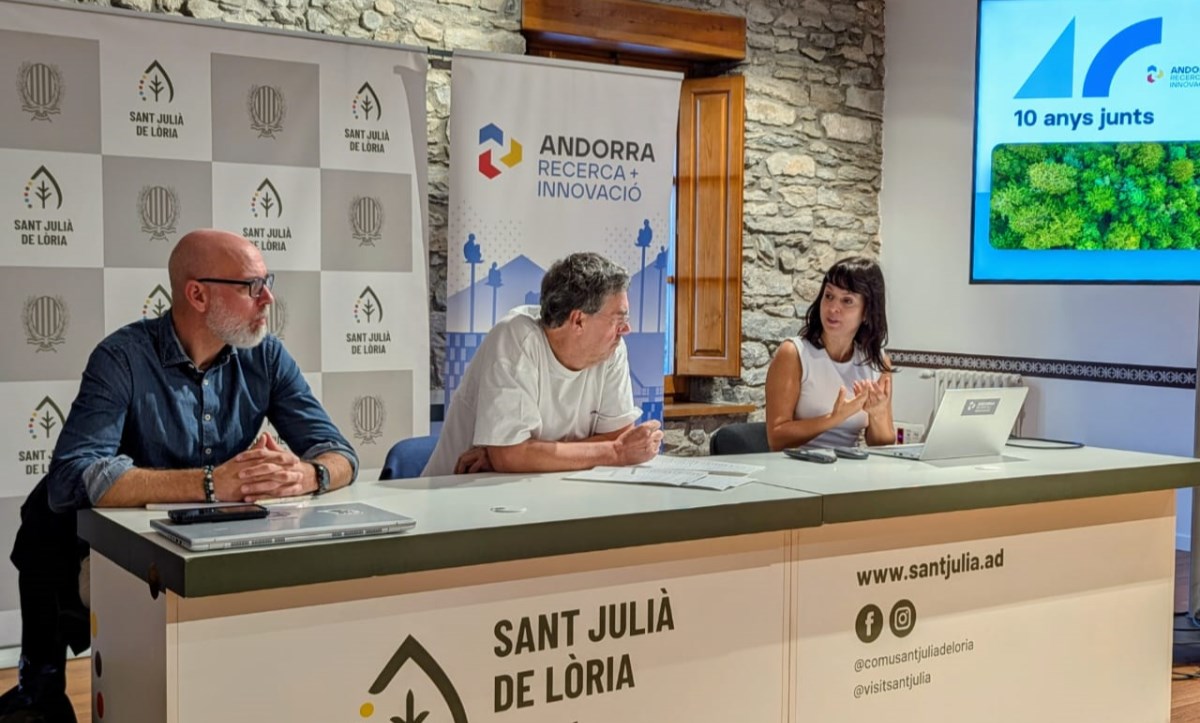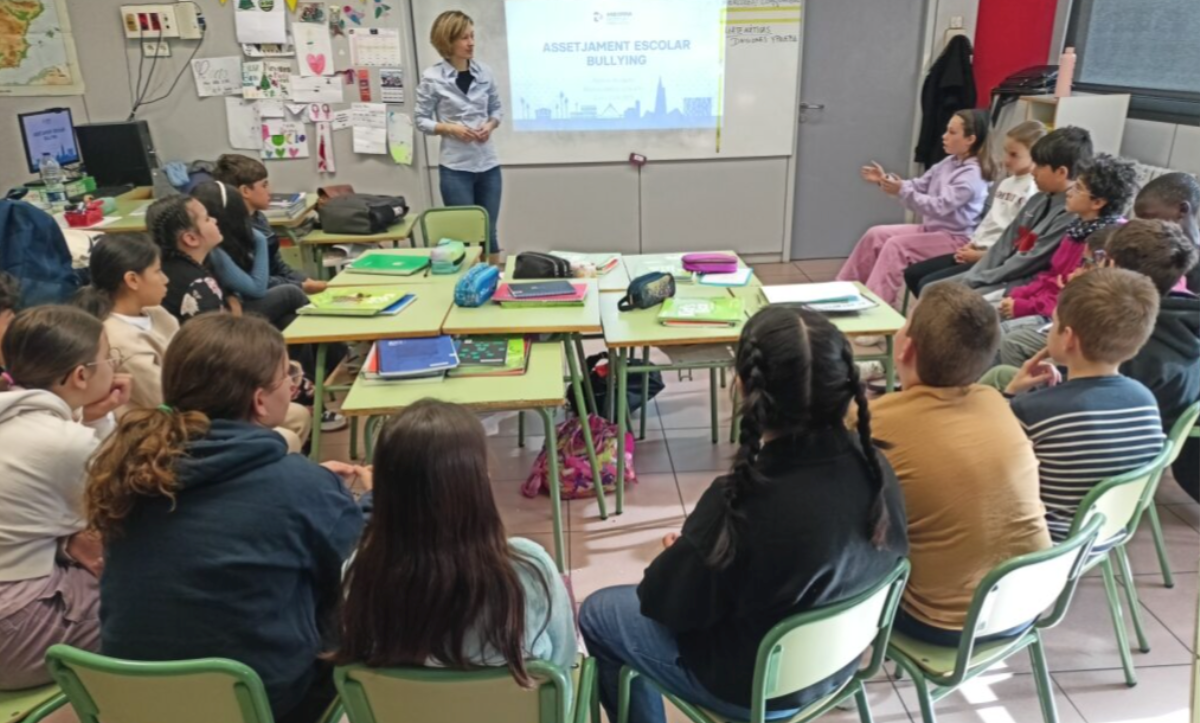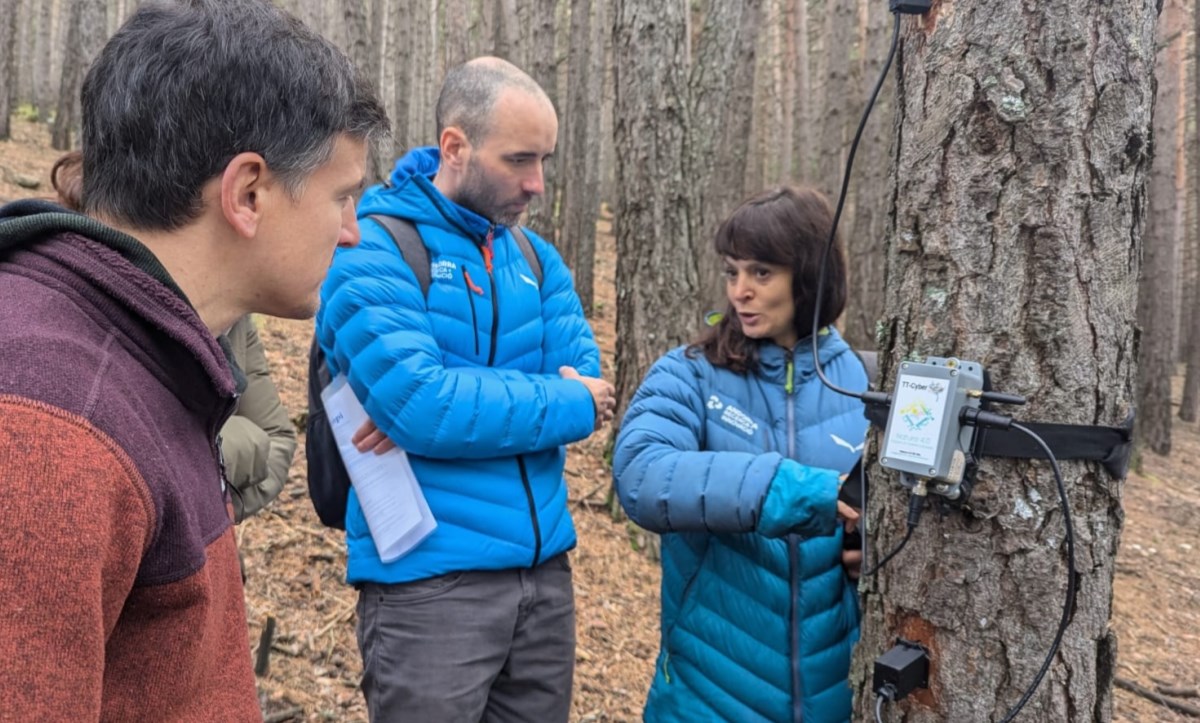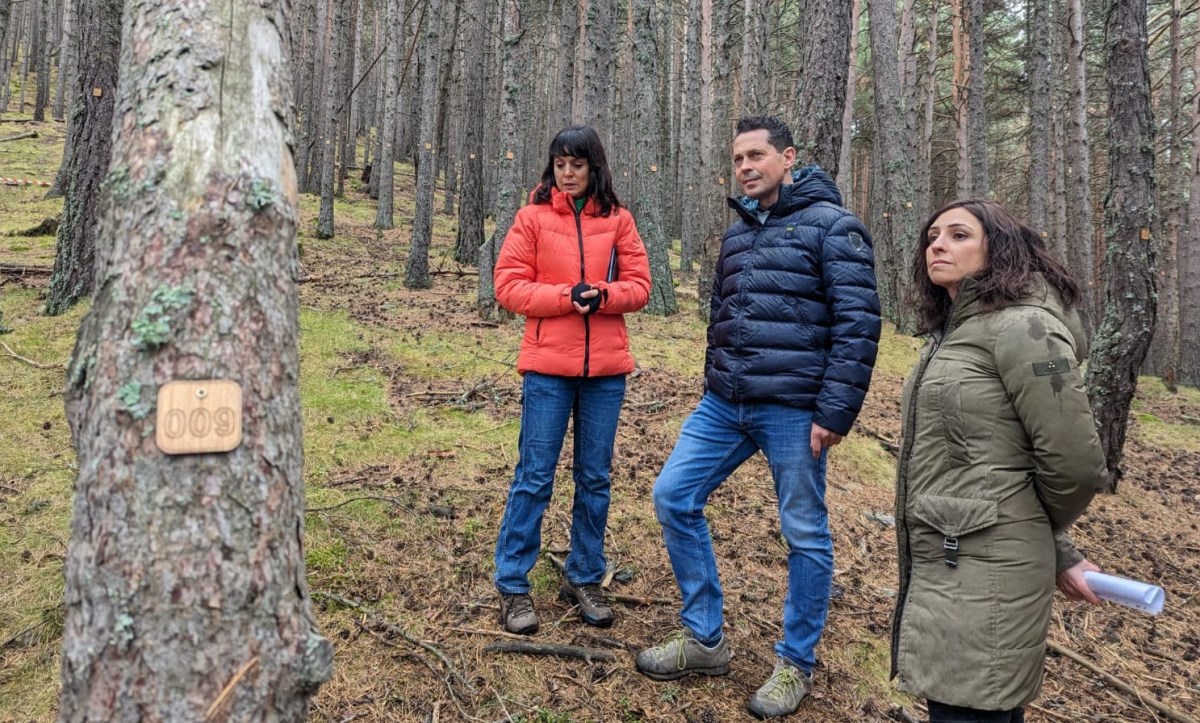Projects
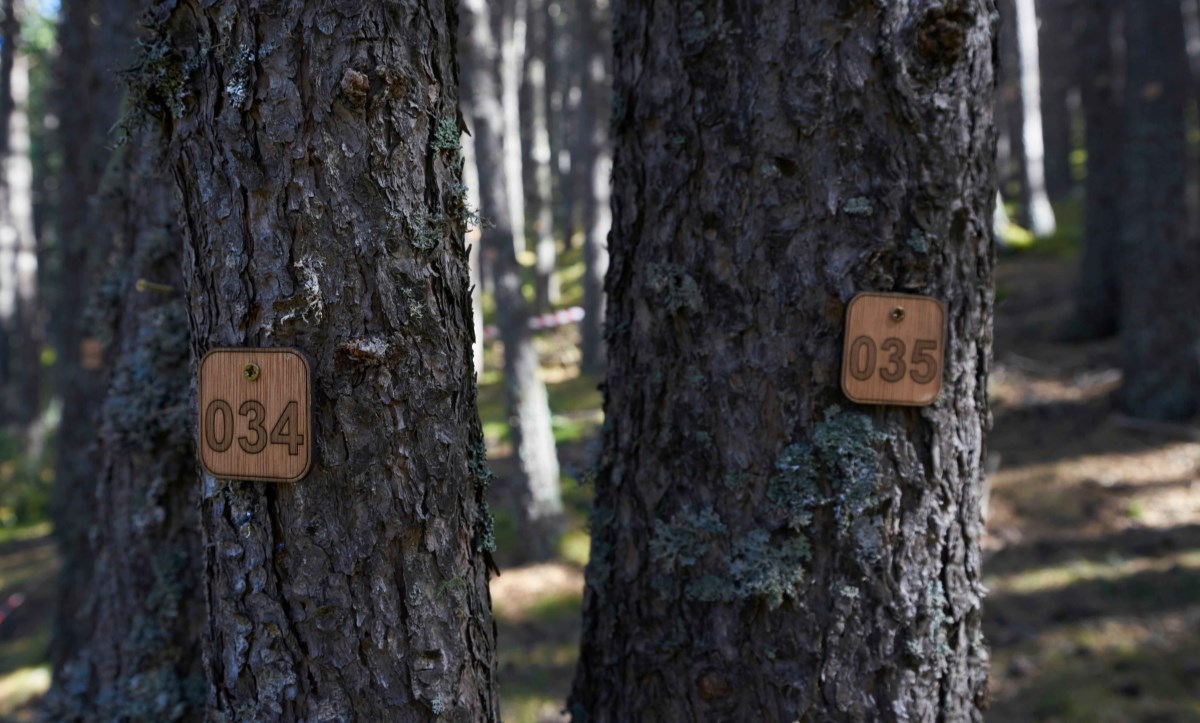
The area of forest in Andorra has increased by 38% since 1948. The density of the trees is increasingly higher, while the amount of rainwater has not increased. This inevitably leads to an increase in the stress on trees and the entire forest ecosystem.
Sustainable forest management, integrating close-to-nature forestry, is one of the tools at our disposal to improve the conditions of some forests, acting gently and improving their resilience. The aim of management is clear: to improve the carbon stock and to have a certain control of the blue water and green water, enhancing diversity. Nowadays, society is disconnected from the forest, and often has a certain reluctance to make management more dynamic.
Therefore, there is a need for specific studies aimed at understanding and measuring the impact of different types of management on the functioning of the forest itself. At the same time, science applied to forest governance, one of the pillars of the European Forest Institute (EFI), must be used to understand and improve the link between the circular economy and forest management itself, with marteloscopes being one of the most appropriate tools.
Along these lines, Andorra Research + Innovation is leading, in collaboration with La Massana and the support of Integrate+, the implementation of the first forest marteloscope in the country [1]. The first marteloscope in Andorra is a square area of red pine forest, where all the trees are measured, identified and mapped, as well as integrated in the Integrate software I+ Trainer [2] that allows virtual forest management practices and training using mobiles or tablets. To do virtual forestry exercises, anyone can install the software and download the marteloscope of ‘La Massana’ (password: Andorra). If there are doubts about the functioning of the machine, please consult this link.
Marteloscope derives from the french word martelage which means tree selection, and from the Greek word skopein which means to look. Marteloscopes are very useful to train and test different types of management virtually and to be able to evaluate the results without physical effects on the forest. The trade-offs between ecological and economic criteria imposed by different forest treatments are sought, which can be simulated and visualised with specific software.
The marteloscopes represent open-air classrooms and laboratories. They allow students to analyse forest variables and propose types of management through tablet or mobile devices, maintaining a direct connection with the forest. It is open to different levels, and is also conceived as a citizen tool to bring the forest closer to the citizens.
At the same time, the Andorran marteloscope will make it possible to carry out demonstration forestry experiments on adjacent sites. It will be possible to monitor and compare the life variables of the trees, such as CO2 fixation capacity, oxygen release, light transmission from the canopies to the soil, and the physical parameters of the microenvironment, before and after the silvicultural management experiments.
In 2024, this project became part of the European Network of Living Labs.
To request technical views of the marteloscope, please contact info@ari.ad.
[1] M. Domènech and O. Travesset-Baro, "Forestry Living Lab i entrenament forestal a Andorra", El Correu de la UNESCO, 2023.
[2] A. Schuck, D. Kraus, F. Krumm, S. Varis, S. Zudinand T. Suominen, “Integrate+ software for virtual training exercises in forest stands”, European Forest Institute, 2024.

 Manel Niell
Manel Niell Oriol Travesset
Oriol Travesset Patricia Borges
Patricia Borges Marta Domènech
Marta Domènech Montse Brugulat
Montse Brugulat Ian Serra
Ian Serra Ot Pasques
Ot Pasques